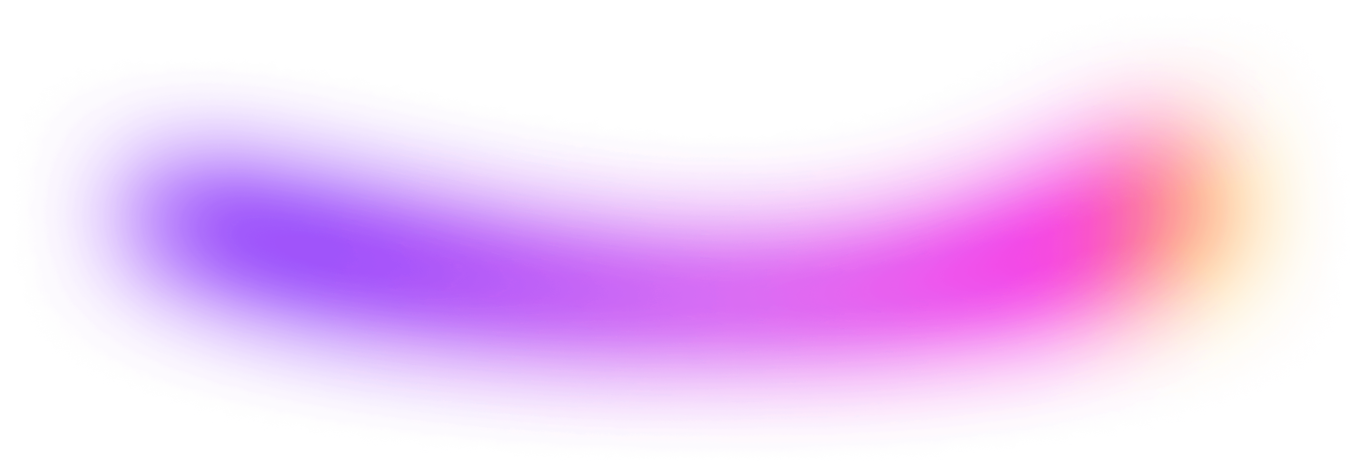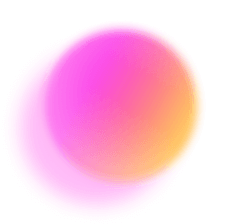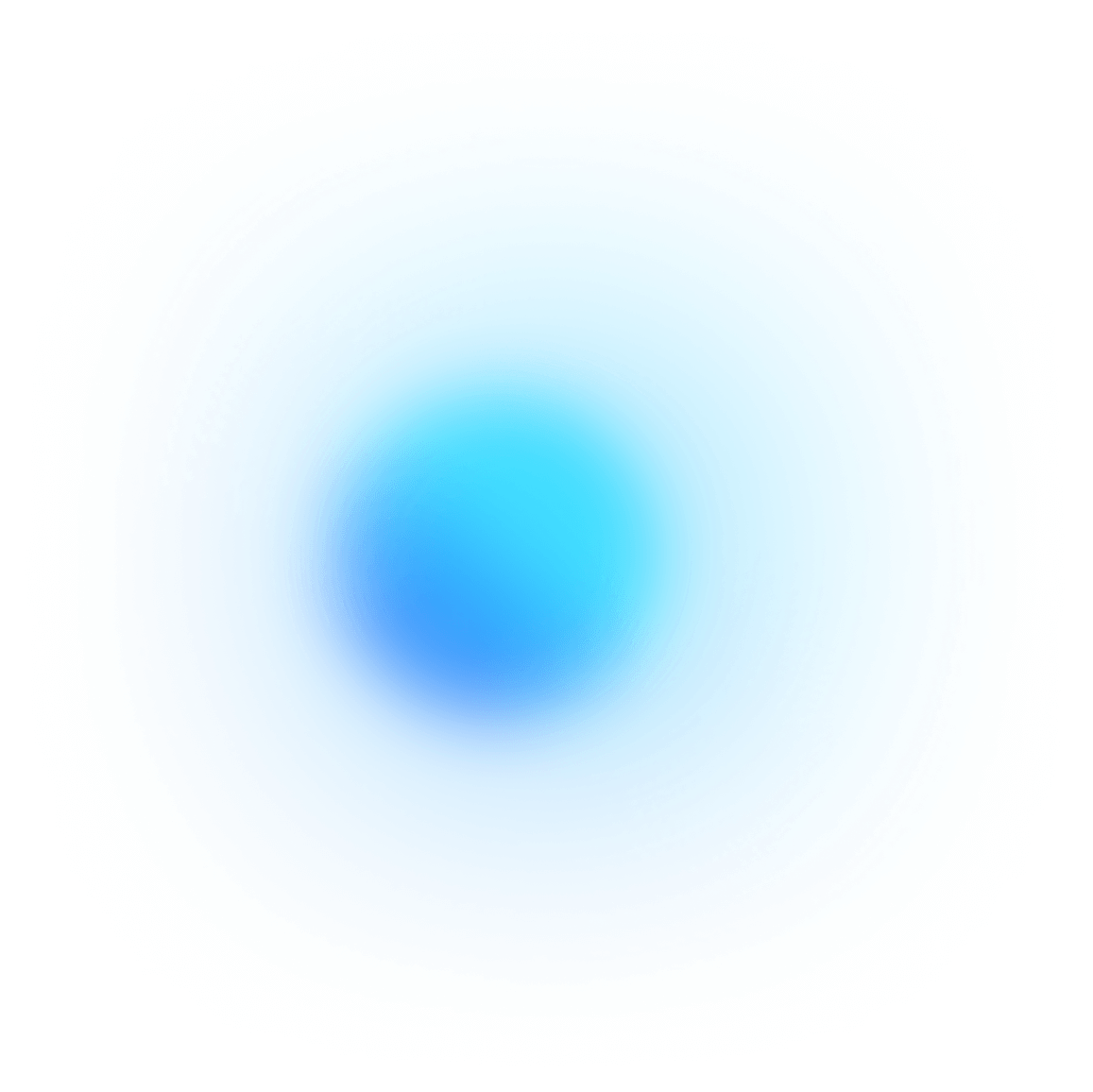Get a big picture overview of a project, visualize dependencies, and get ahead of blockers before they happen.
Template details
Explore more
Related templates
See more



Supercharge your productivity
Organize tasks, collaborate on docs, track goals, and streamline team communication—all in one place, enhanced by AI.




